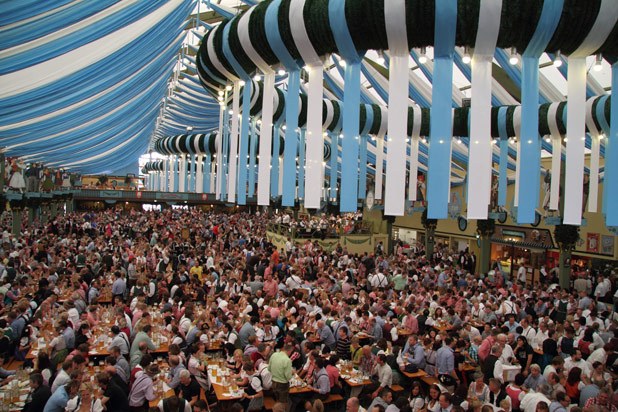11 Things You Didn't Know About Oktoberfest (Slideshow)
Learn About Oktoberfest!
Whether you are traveling to Munich this year to celebrate in a tent or are hosting an Oktoberfest party in your backyard, there are a few quirky historical facts worth learning. So "Prost!" und "Zum Wohl!" Here are some fun facts for you to toast to at yourOktoberfest celebration.
Oktoberfest Isn’t in October
Oktoberfest did begin in October (Oktober in Germany) but it didn't stay there. The 16-day festival moved to September as the popularity of the celebration grew, since it begins to get quite cold in Bavaria in October. It typically begins around the September 20 and ends during the first weekend in October.
It’s a Bavarian Thing
People often think that Oktoberfest is a custom celebrated by the entirety of Germany. And while people all over the country do celebrate it, it really is a reflection of uniquely Bavarian culture, music, and food.
A Wedding Day
The 16-day festival began on October 12, 1812 as a celebration of the marriage of Crown Prince Ludwig and Princess Therese of Saxony-Hildburghausen. The citizens of Munich were invited to join in, and over the years it evolved into the festival it is today.
And They’re Off!
What better way to end a celebration than with a horse race? Well, at least that's how the early Oktoberfests did it. The tradition has since died out, but the festival is still held in the Theresienwiese field on the outskirts of Munich, named after the princess. Locals call the festival the "Wiesn" for short in honor of the late princess.
The Tents
The 14 tents that cover the Theresienwiese are actually beer halls, each one full of its own history and good times. The largest tent, known as Hofbräu-Festzelt, has 6,000 seats inside, 3,000 outside, and 1,000 standing tables.
Canceled
Despite being a steady, long running tradition, Oktoberfest has been shut down more than once. Mostly, this was due to epidemic breakouts: during both World Wars, twice by cholera epidemics (1854 and 1873), and once in 1870 during the Franco-Prussian war.
A Non Alcoholic Event
Believe it or not, it wasn't always a brewfest. In the beginning days of the festival (which included an agricultural show and other amusements) beer was only sold and enjoyed outside of the venue. Beer did become popular at the event quite early on, however; long ago, beer was safer to drink than water!
The Beer
When beer was finally allowed to be served and enjoyed at the festival, a lager or Märzenbier brewed by Munich breweries became the beverage of choice for the festival. It is served in the signature "Maß" glass mug, which holds up to one liter (almost 40 ounces) of beer. Oktoberfest dictates that all the drafts served must originate from one of Munich's six main breweries — Augustiner, Hofbräu Münchner, Hacker-Pschorr, Paulaner, Löwenbräu, or Spaten-Franziskaner.
The Keg Tap
Each year in Munich the first keg is tapped by the mayor, who then declares "O`zapft is!" ("It's tapped!"). No one is allow to drink until this happens
It Is All About the Love
During the fest,"Lebkuchen" hearts, or gingerbread hearts, are hanging everywhere. These large iced cookies are inscribed with proclamations of love for your sweetheart, or schatz.
Beer Corpses
Every year, people overestimate their drinking capabilities. This results with the Theresienwiese being littered with what the Germans call "Bierleichen" or "beer corpses," folks who have passed out from drinking too heavily.
